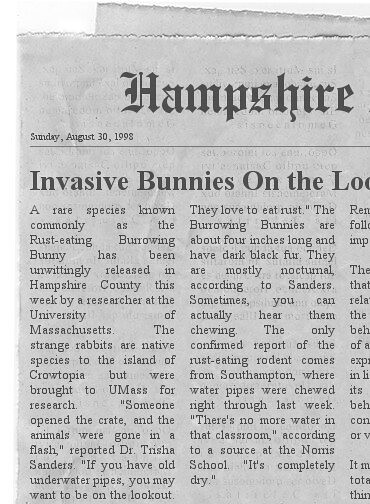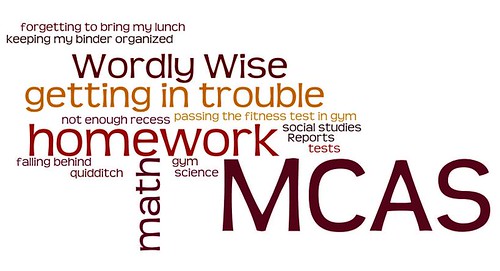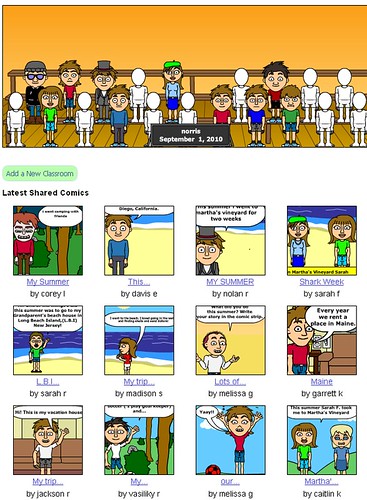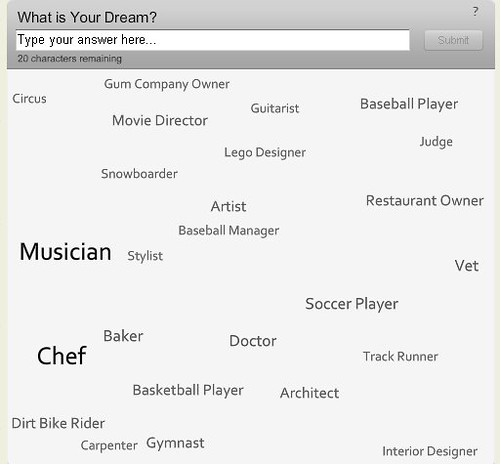 My students are in the midst of creating a Dream Scene Digital Story Project (which I can outline another day) and yesterday, as they were making the transition from creating an image in Paint to trying out Photostory (not one of my 80 students has ever used it before), I had them add their “dream or aspiration” to an AnswerGarden I had set up at our classroom blog.
My students are in the midst of creating a Dream Scene Digital Story Project (which I can outline another day) and yesterday, as they were making the transition from creating an image in Paint to trying out Photostory (not one of my 80 students has ever used it before), I had them add their “dream or aspiration” to an AnswerGarden I had set up at our classroom blog.
AnswerGarden is a word cloud site that collects words and phrases. I noticed some new features at AnswerGarden that seem new to me. I can now create an administrative password and get the information sent to me via email. I can remove any words from the cloud (a source of concern for us teachers). I can now even send the final information over to Wordle, and let it create one of its beautiful word clouds with the AnswerGarden information (wow — I love that connection!)
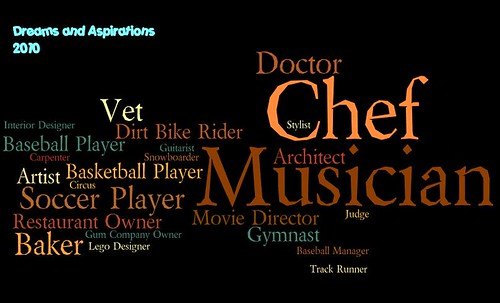
We all got a kick out of how many budding chefs and musicians are in our midst, but I also loved seeing words like “doctor” and “architect” and “lego designer” in there, too.
Peace (in the rich earth),
Kevin
